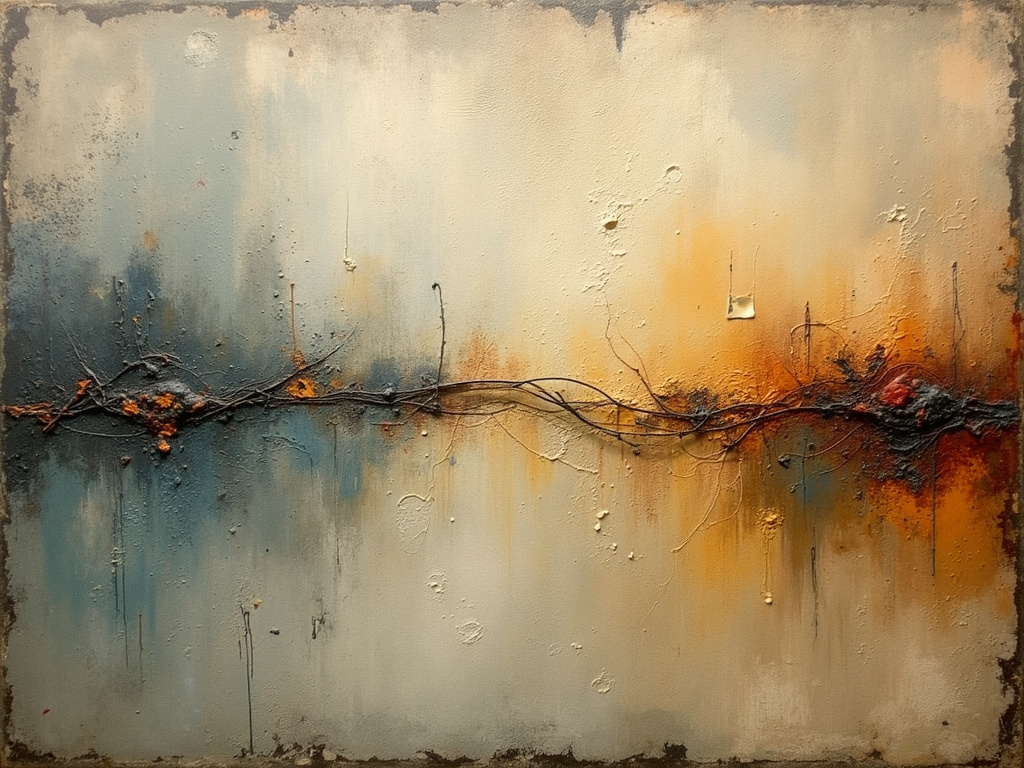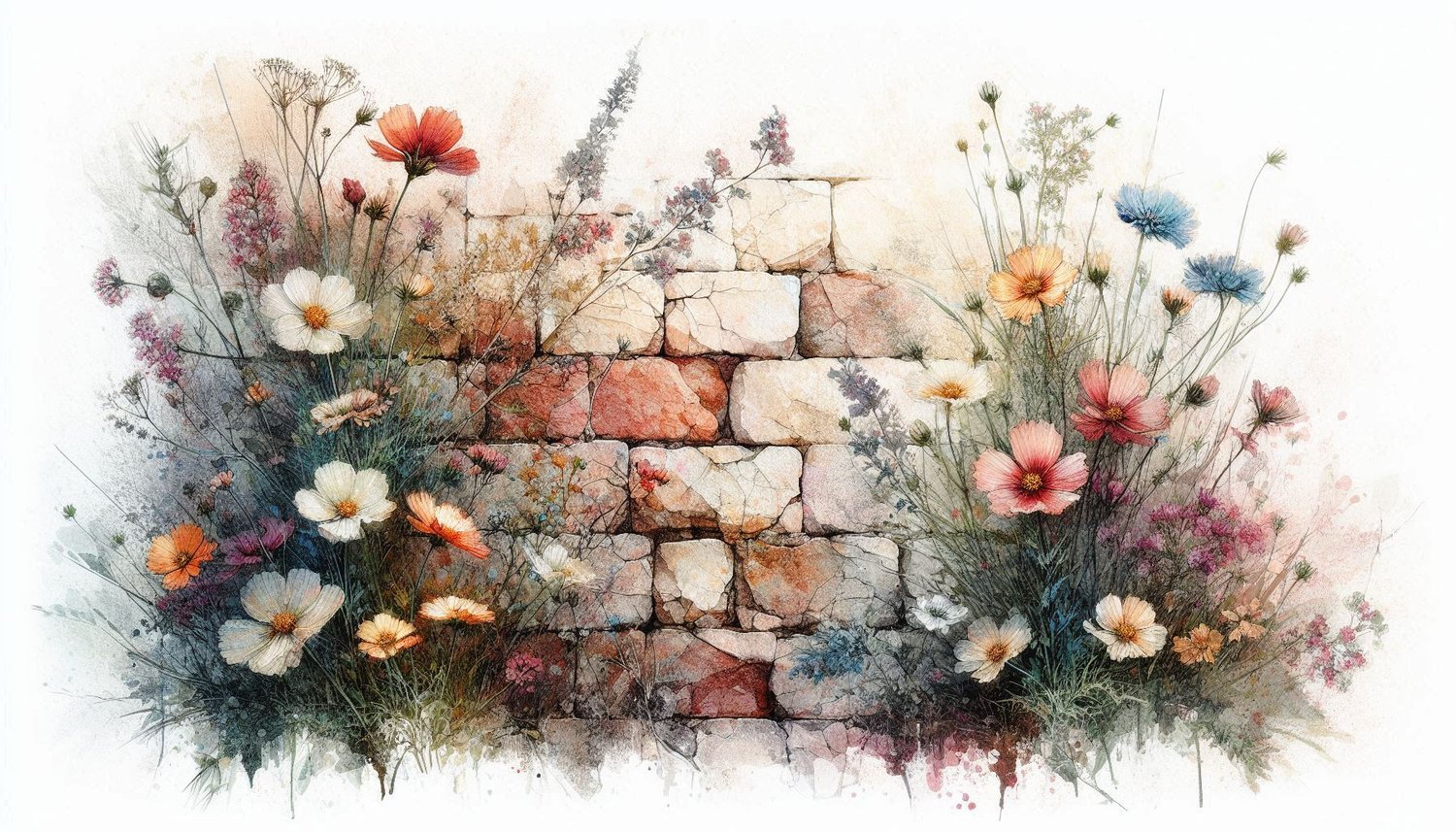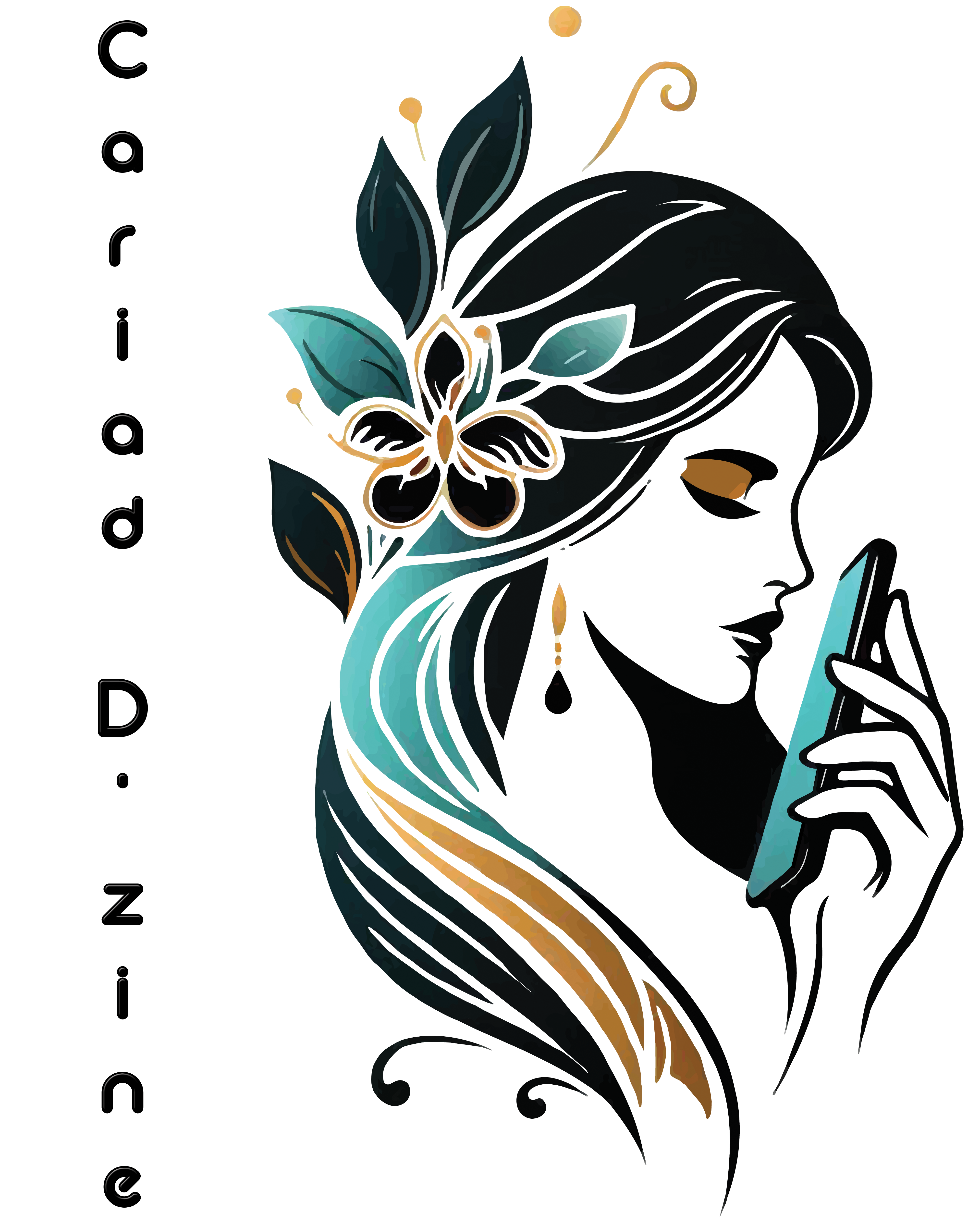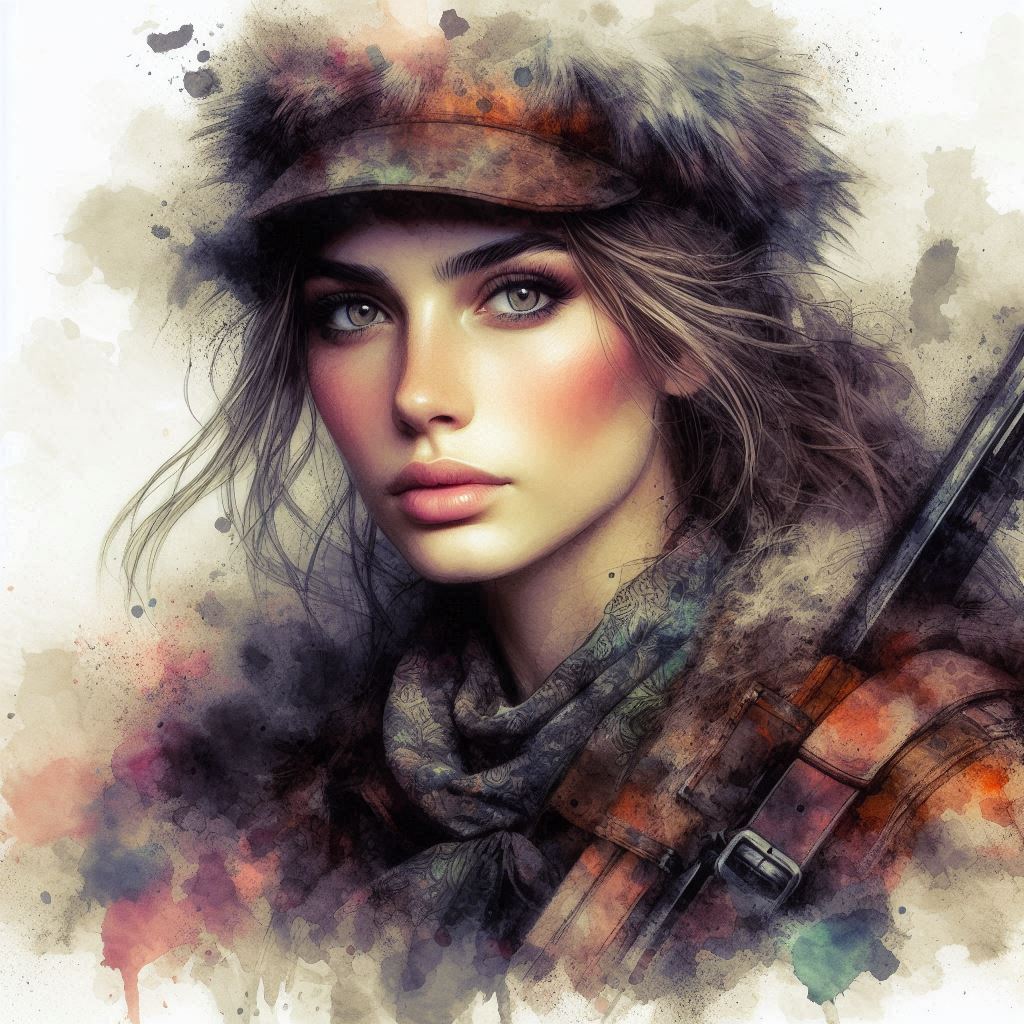Shop for Digital Downloads
I specialize in creating high-quality digital art tailored for a wide range of creative projects. Whether you're into sublimation, home décor, DIY projects, junk journaling, scrapbooking, or other artistic endeavors, my artwork is designed to elevate your projects and bring your visions to life.
Quality is Key:
• Versatile Formats: The digital art is available in multiple file formats, including SVG, PDF, JPG, and PNG. This ensures compatibility with various design software and printing needs.
• High-Resolution Quality: Each artwork is meticulously upscaled to dimensions of 5000 pixels and above, with a resolution of 300 PPI (pixels per inch). This guarantees sharp, clear prints and professional results.
• Transparent Backgrounds: Most of the designs come with transparent backgrounds, making them ideal for layering and integrating seamlessly into your projects.
Why Choose Us:
Unlike generic, AI-generated art, our creations are crafted with attention to detail and artistry. We don’t just provide saved files; we offer carefully curated designs optimized for various uses. Our commitment to quality ensures that every piece meets your high standards, whether for print or digital projects.
Explore our collection and see how our digital art can enhance your creative work!








